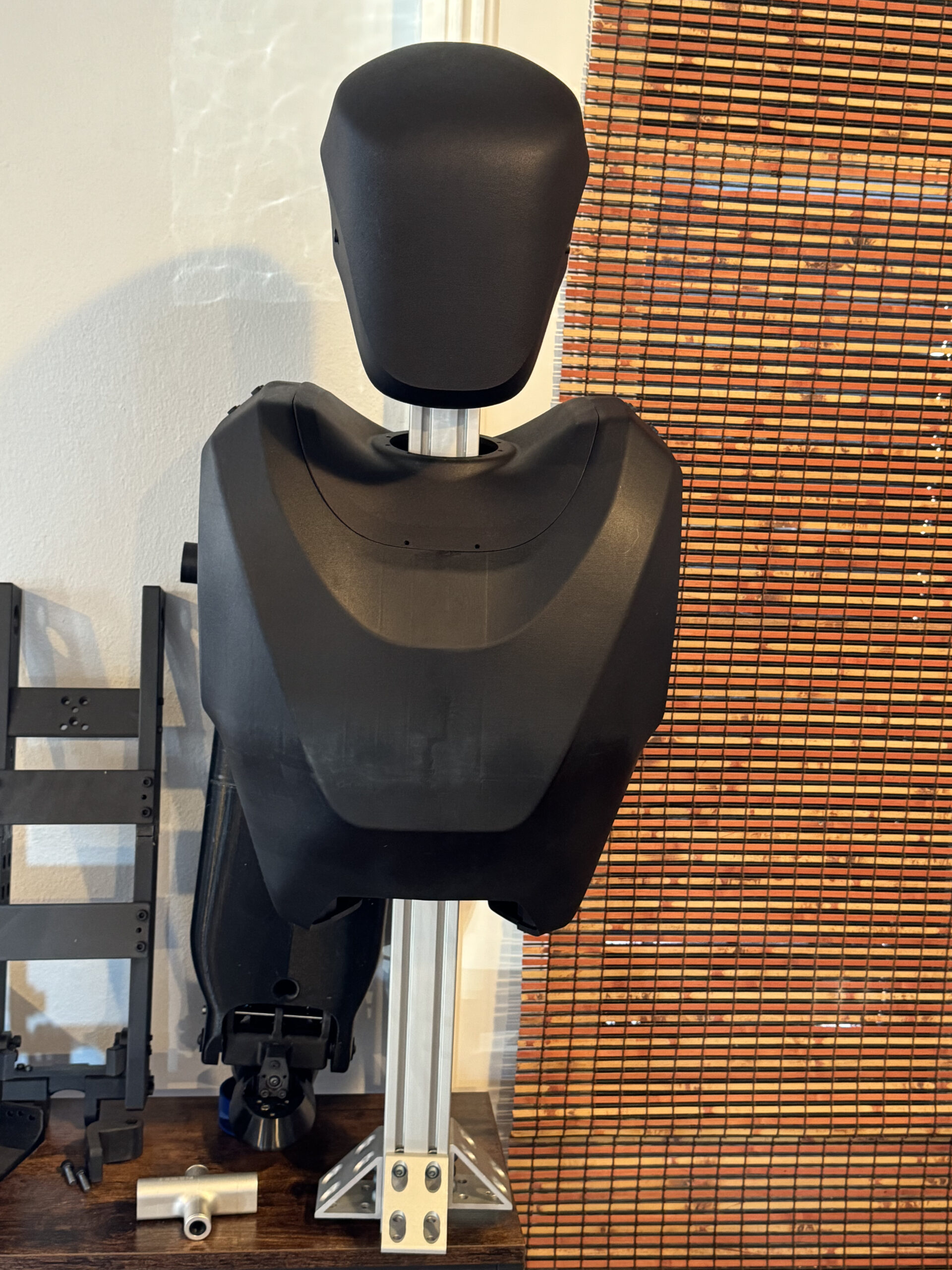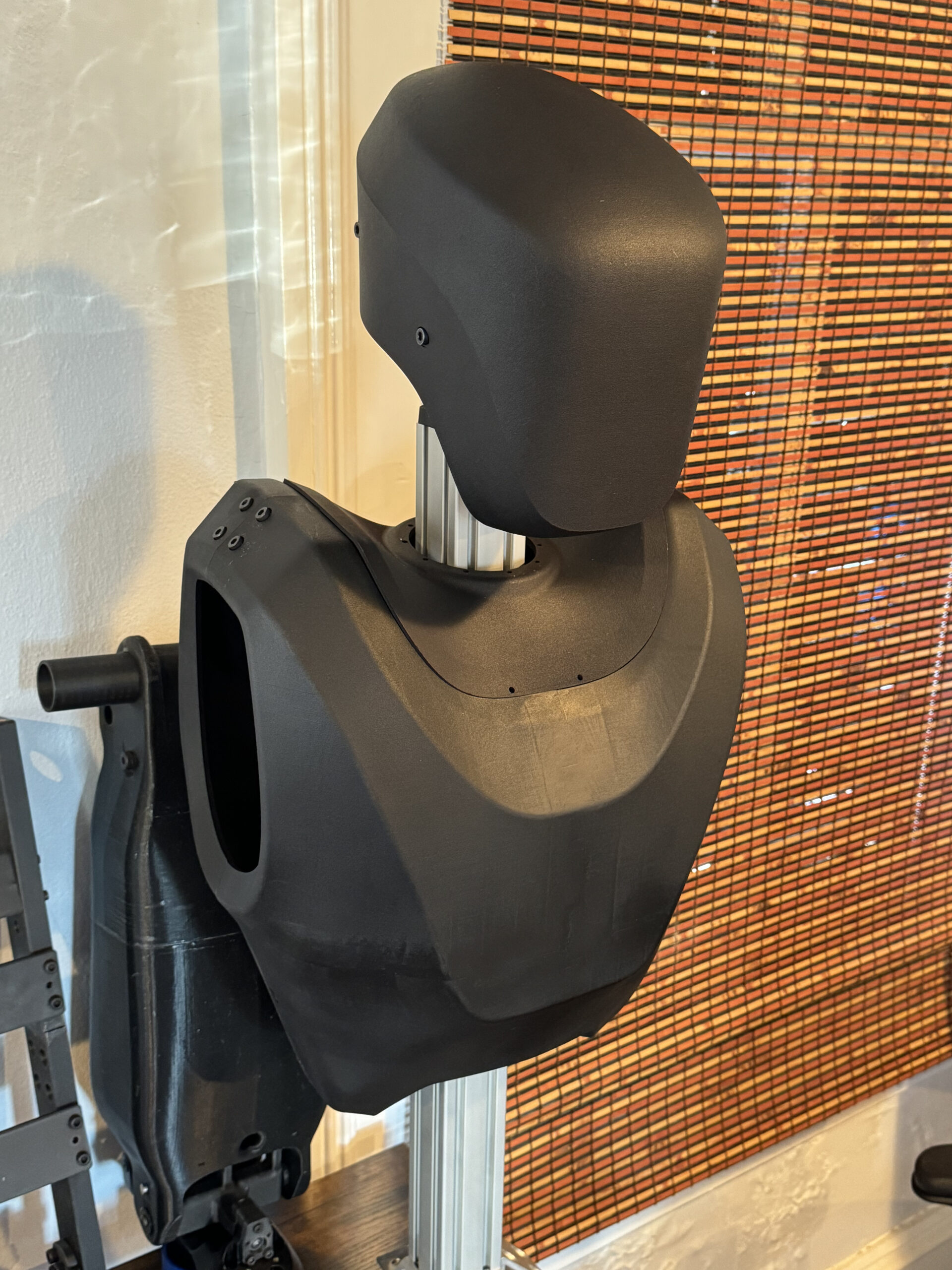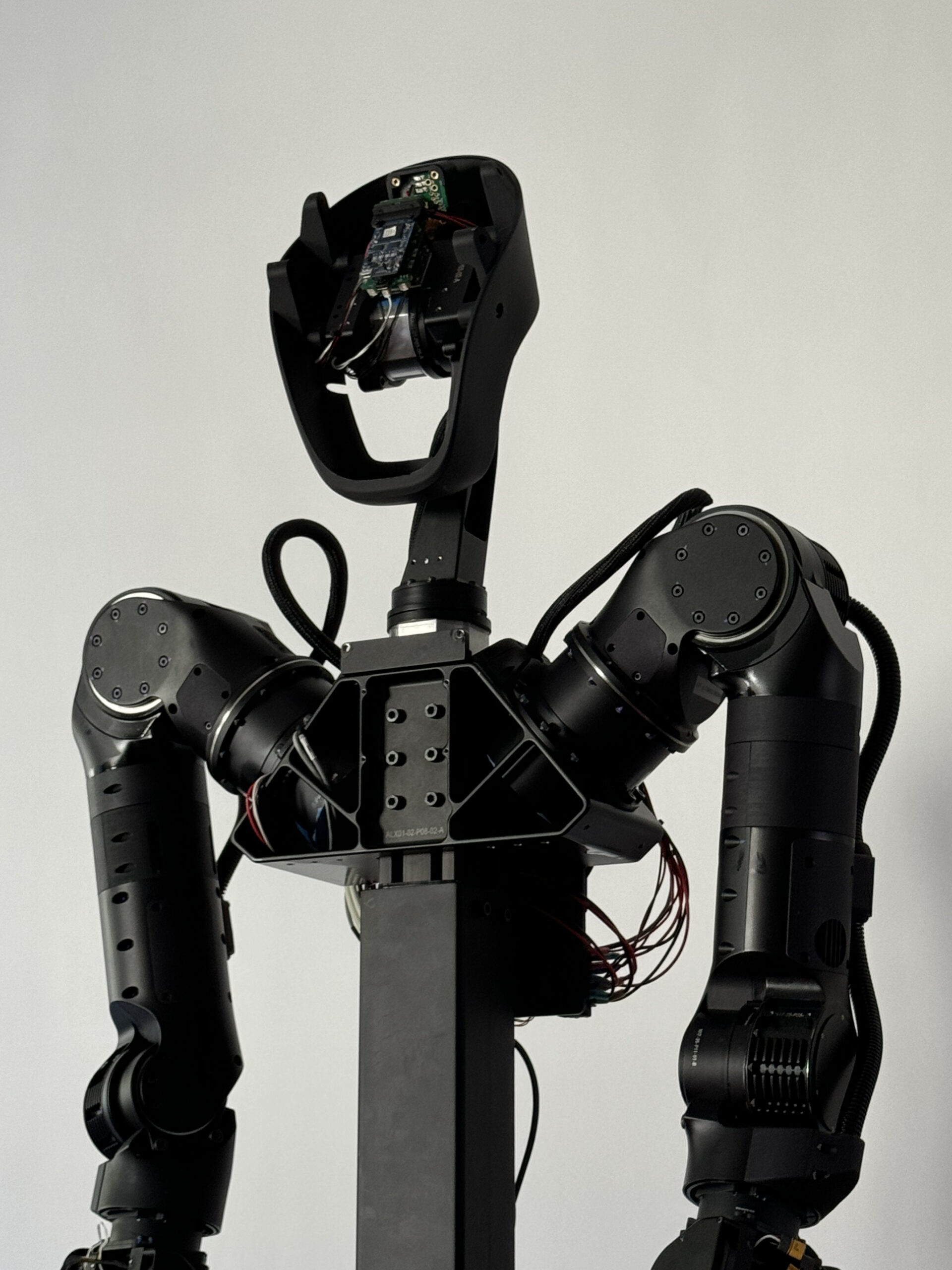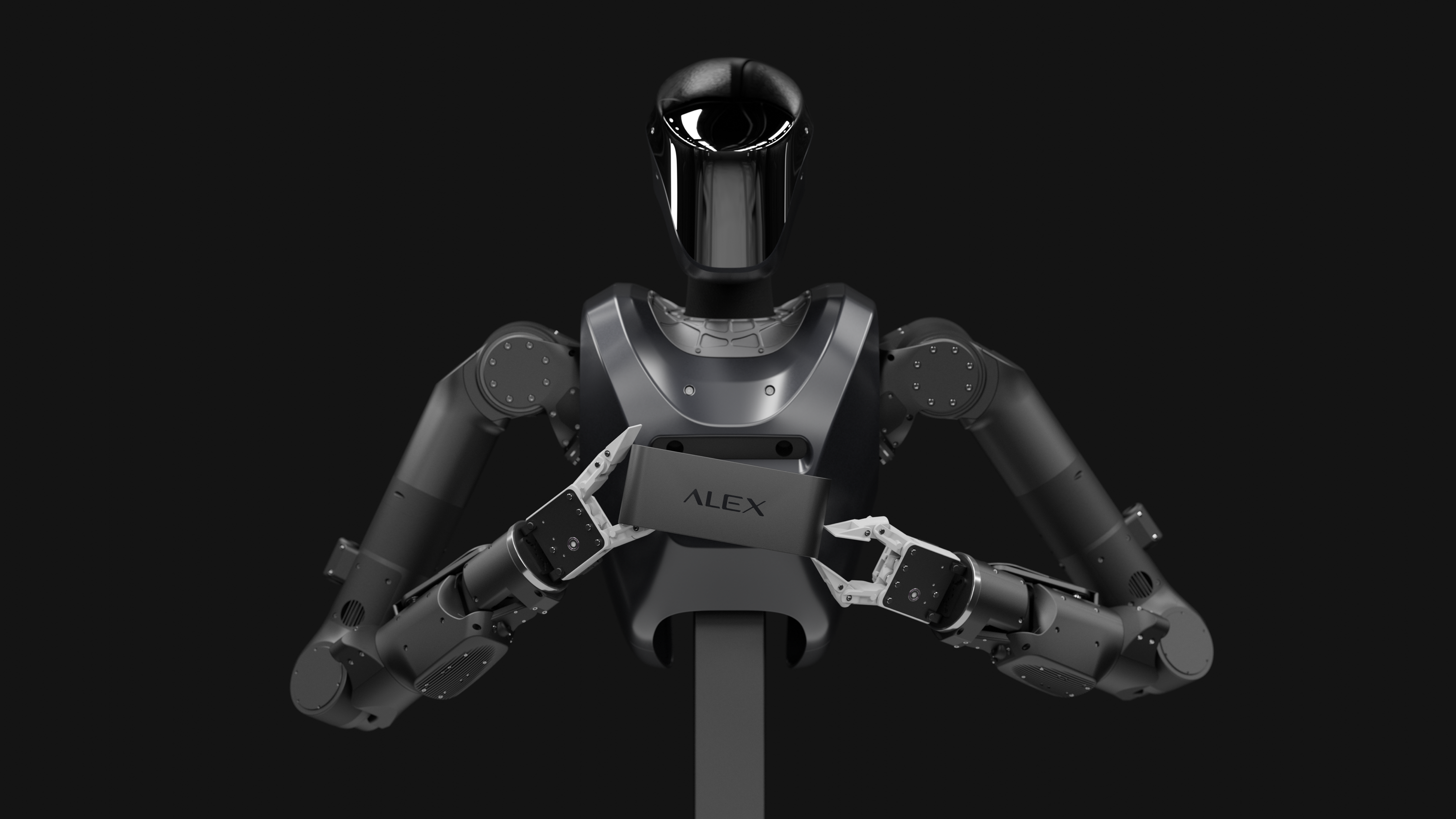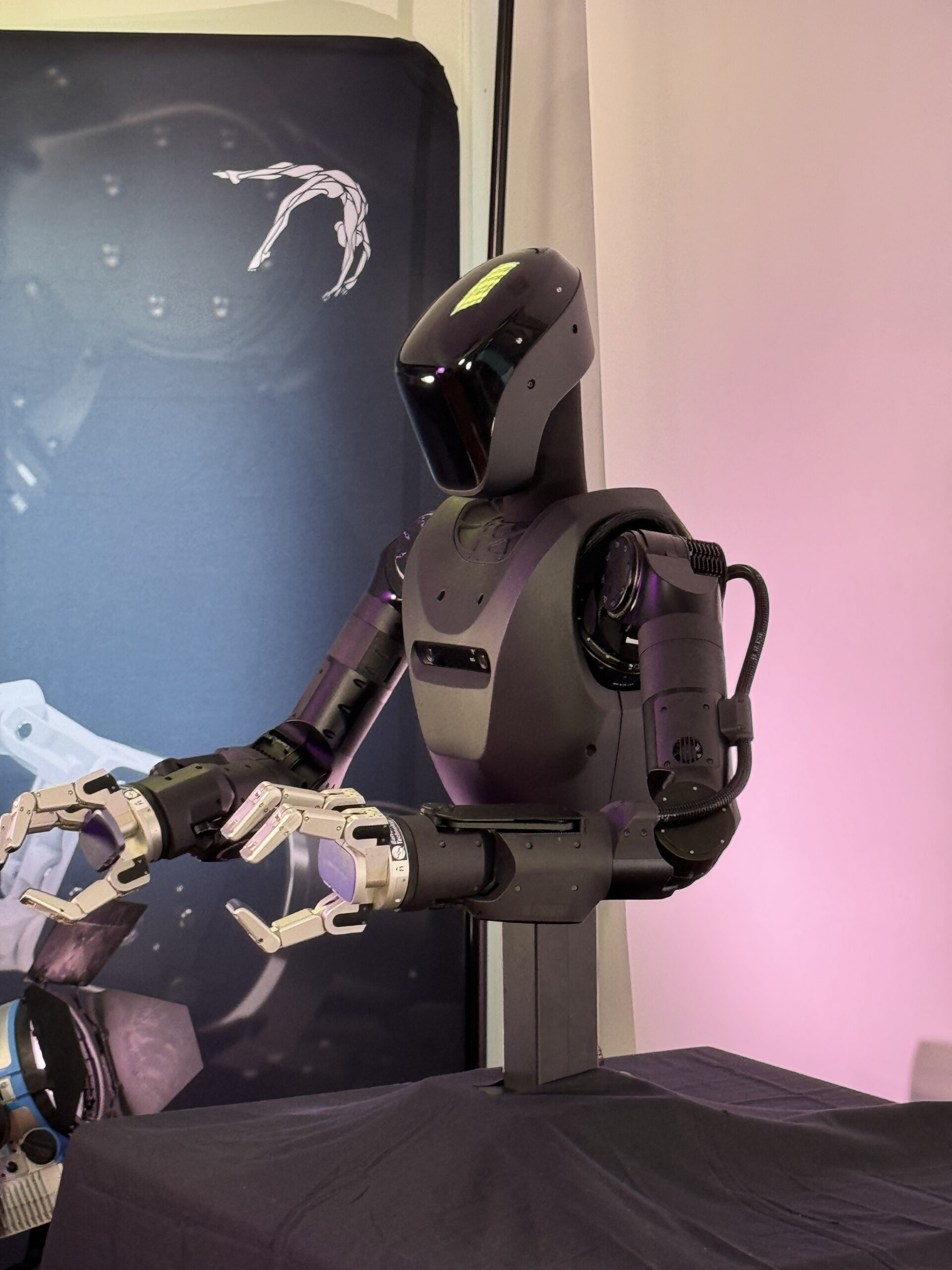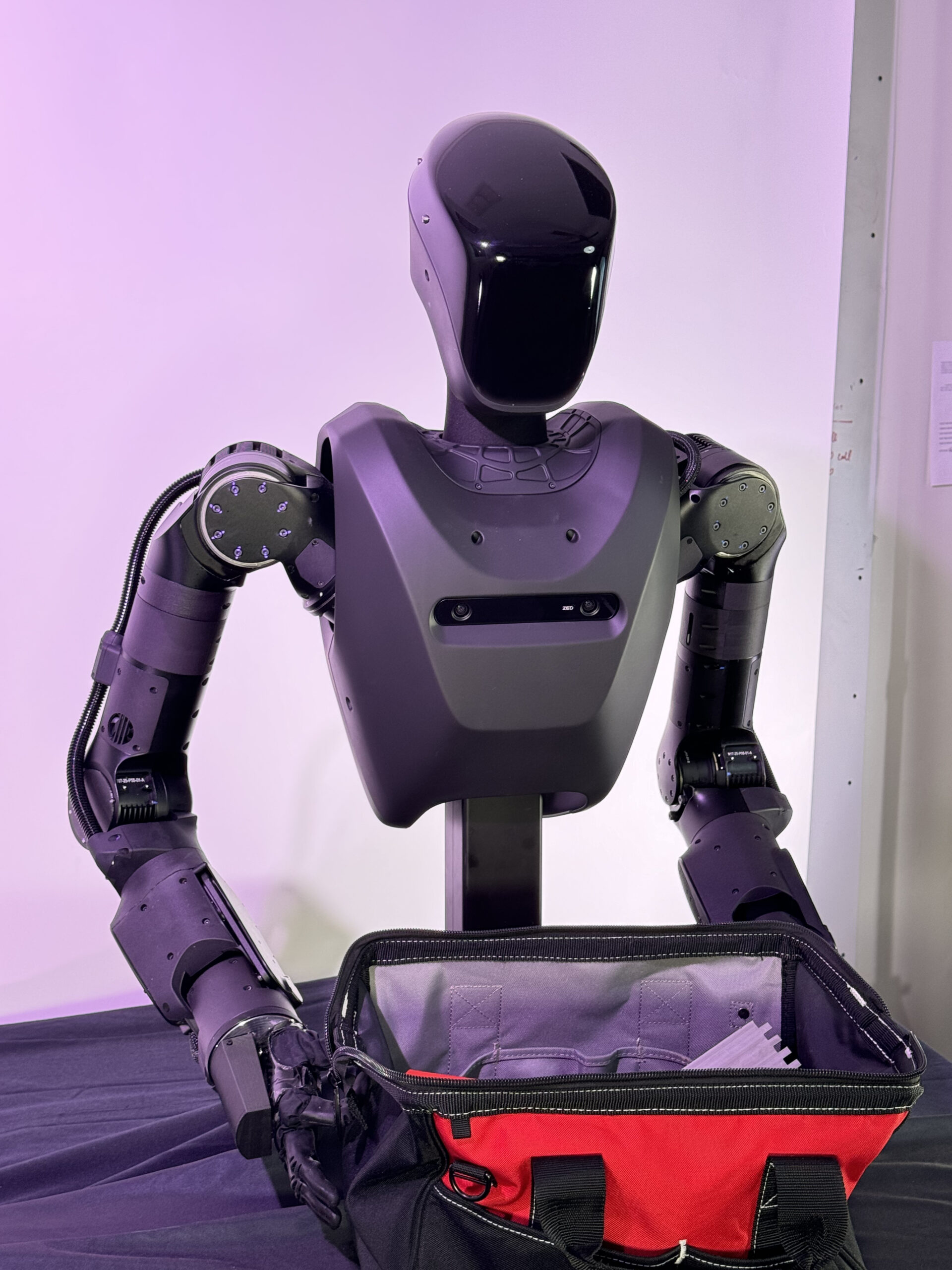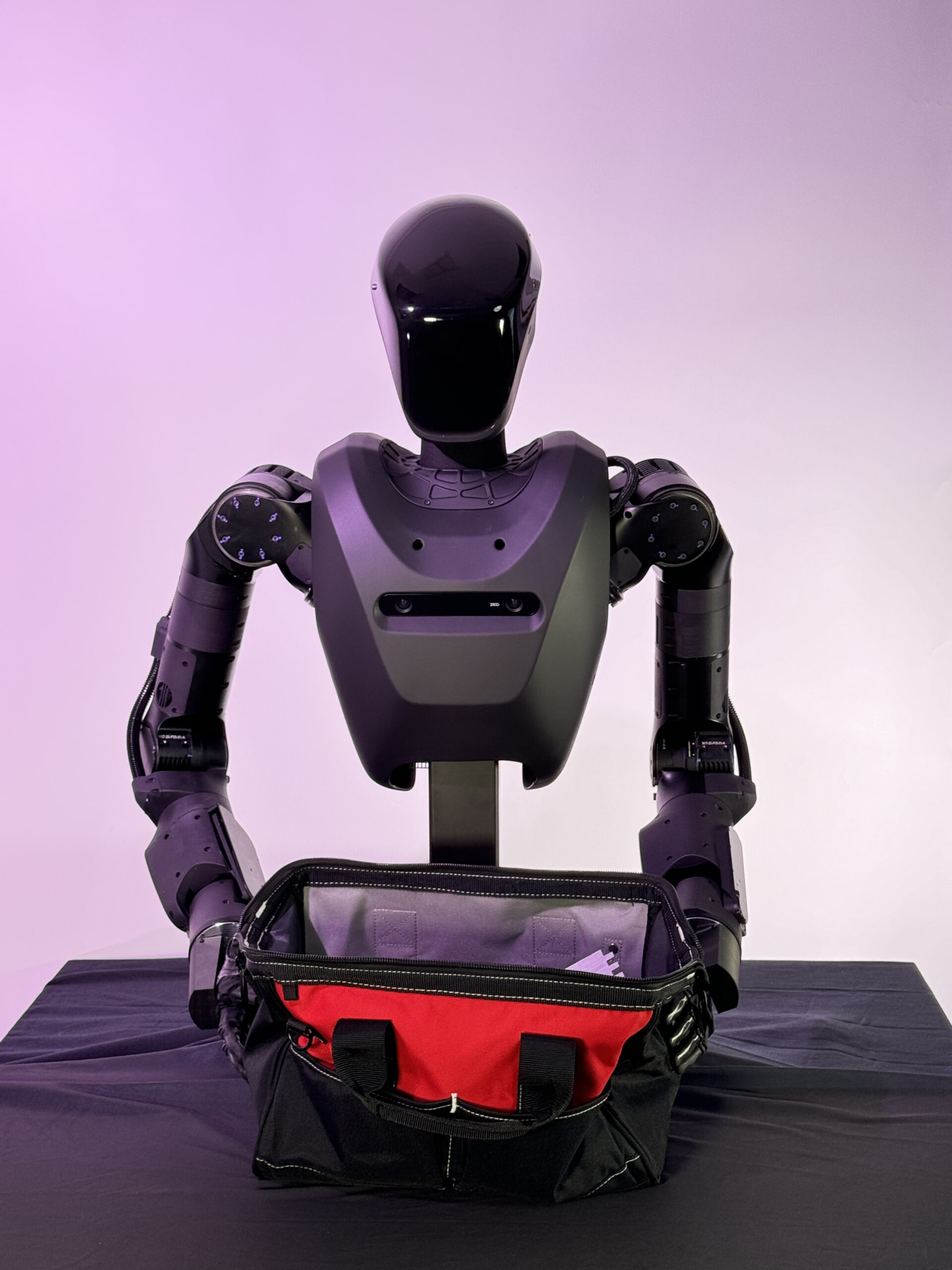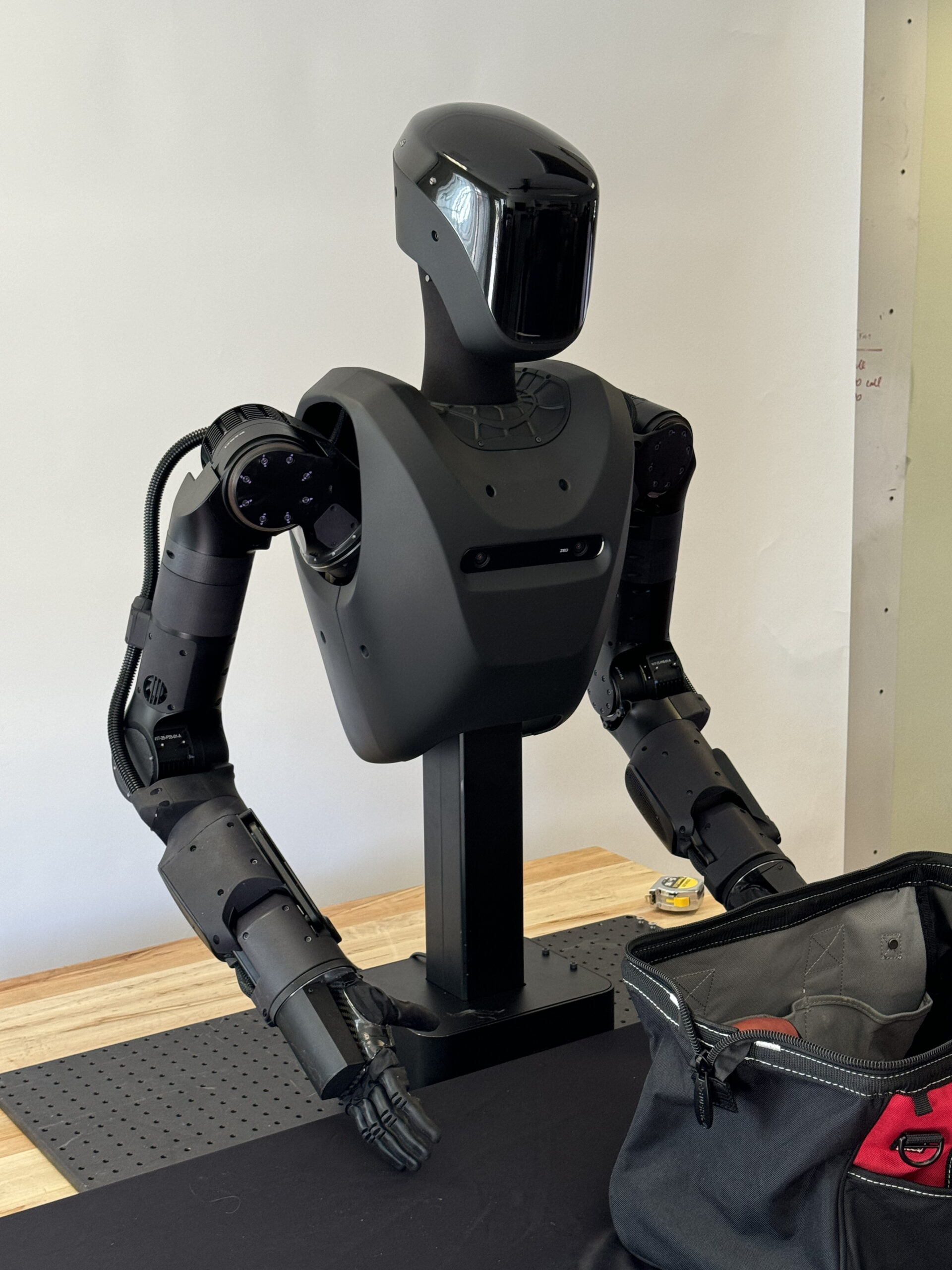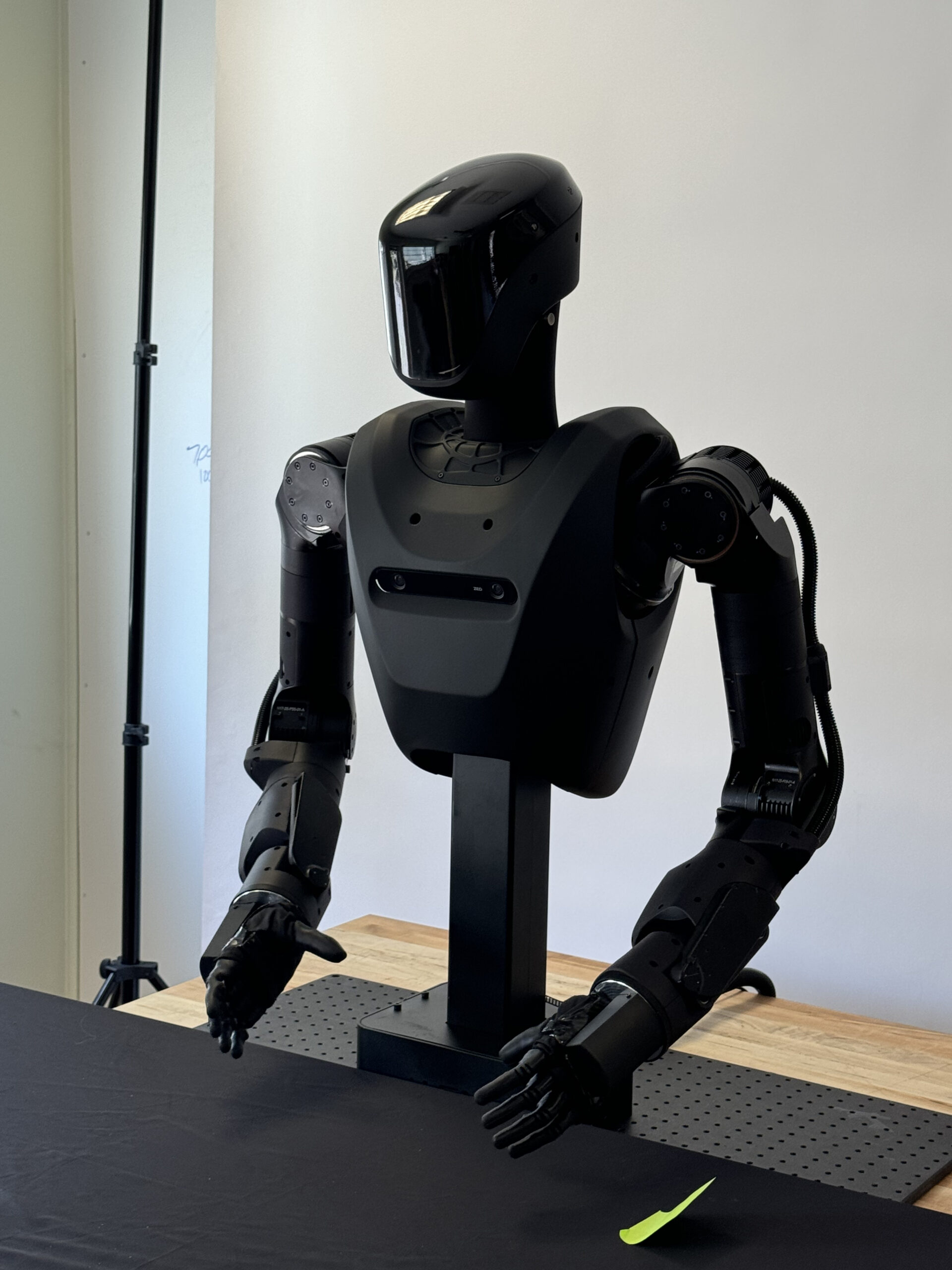Alex
2024.04
I was tasked with leading the design of the upper torso and head for Alex, a humanoid robot platform for Boardwalk Robotics, built upon two existing robotic arms. As lead of the project team, my role focused on creating a fully integrated upper body that would seamlessly complement the robotic arms, ensuring both functionality and aesthetics. The challenge was to design a structure that could support advanced movements, sensors, and vision capabilities while maintaining a human-like presence. The design process required a vision of how the upper torso and head would contribute to Alex’s ability to interact with the world around it. The result is a cutting-edge humanoid robot with a sophisticated design that separates Alex from the competitors.
For this project, I had the privilege of handling the design and engineering for everything beyond the robotic arms, including the upper torso, head, and even the logo. It was an incredible opportunity to integrate both form and function into a cohesive platform. While I focused on creating a design that was both practical and visually engaging, the true strength of Alex lies in the collaboration with the entire team. Every element was carefully considered to ensure it fit within the broader vision, and I’m grateful for the chance to contribute to something that eventually turned into a successful MVP.
Humanoid robotics has yet to mature and Alex is a testament to what industrial design can do in this space.
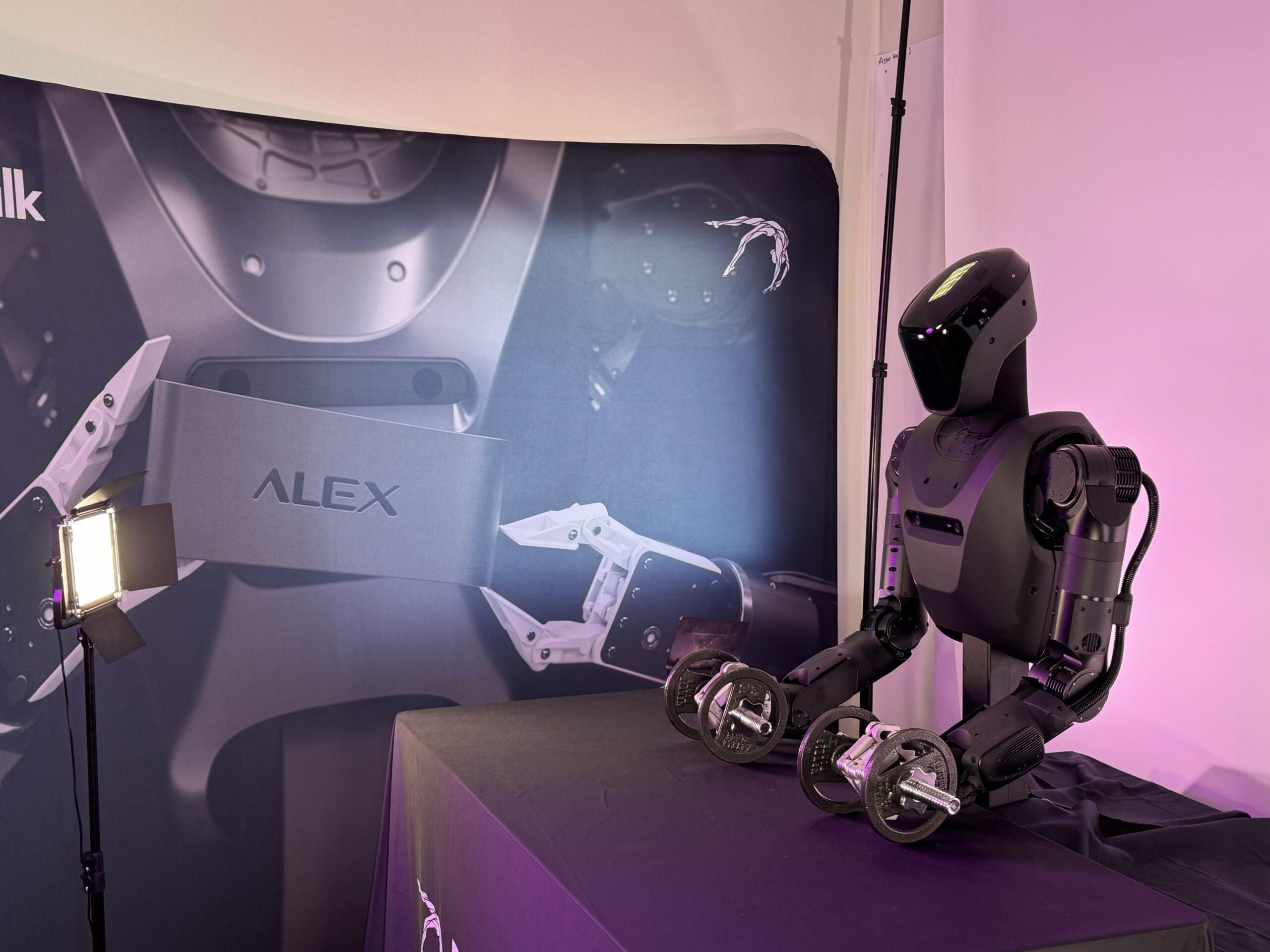
Design
The initial phase of the design for Alex was centered around understanding how the robot would function, starting with gathering detailed information on its motor drivers and their placement within the upper torso. We needed to carefully map out the integration of hardware components to ensure everything would work seamlessly together. The concept phase was an evolving process, where ideas quickly shifted and adapted as the project moved quickly. This meant choosing concept designs within a week and starting to turn them into usable CAD. As new insights emerged, the design continuously adapted. It was a dynamic experience, shaped by the speed of the project and the constant need to refine and improve as we progressed.
The entire journey from concept to final MVP for Alex took just about four months, a timeline that required rapid iteration. From the initial brainstorming sessions to the final prototype, the project moved very quickly, with each phase overlapping. This fast-paced environment meant we had to remain flexible, constantly refining our approach to meet both technical challenges. Despite the tight schedule, the team worked collaboratively to ensure that every detail, from functionality to aesthetics, was carefully executed, resulting in a fully realized MVP that met the project’s core goals.
Alex demonstrates what can be achieved with limited resources and the right team. Through collaboration, creativity, and a shared vision, we were able to create a brand new robot in the humanoid space.
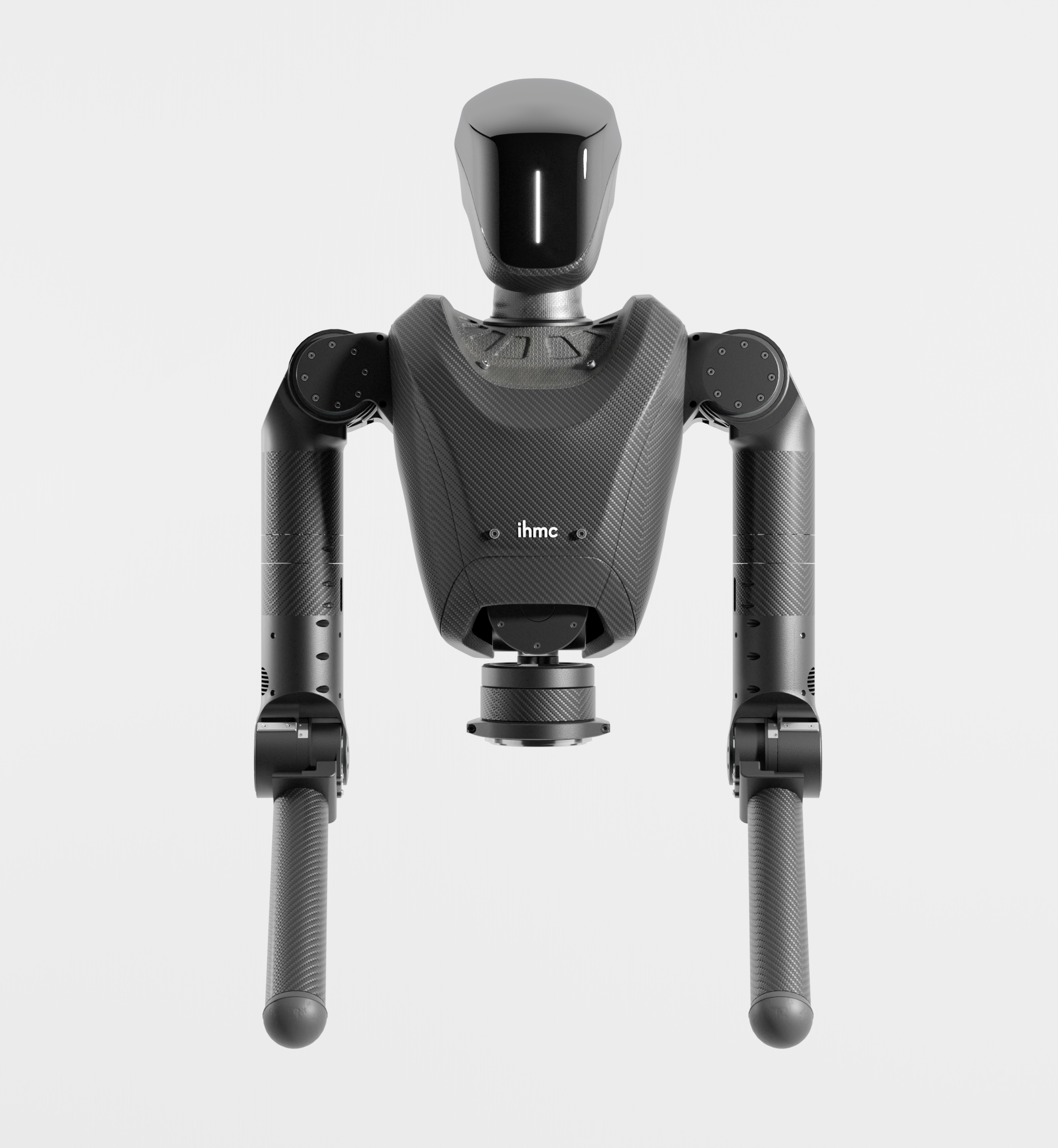
CONCEPT RENDERING OF ALEX
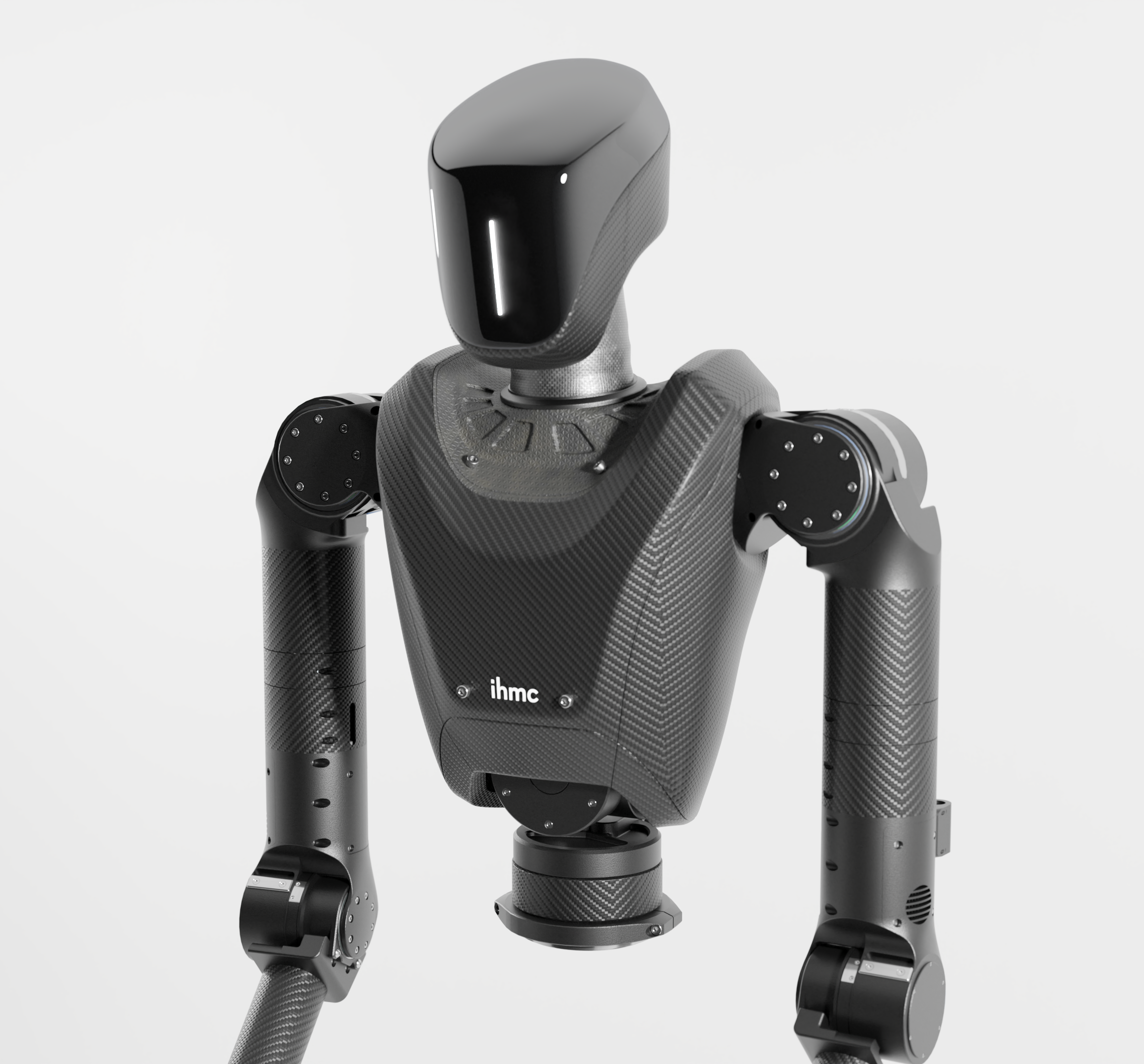
ORIGINALLY DESIGNED IN CARBON FIBER
Importance
This project was key in meeting tight deadlines and marking the birth of a humanoid robot. It highlighted the power of collaboration and efficient time management, proving that with the right team, ambitious goals can be achieved in a short timeframe.
Alex, a milestone in a new industry.

